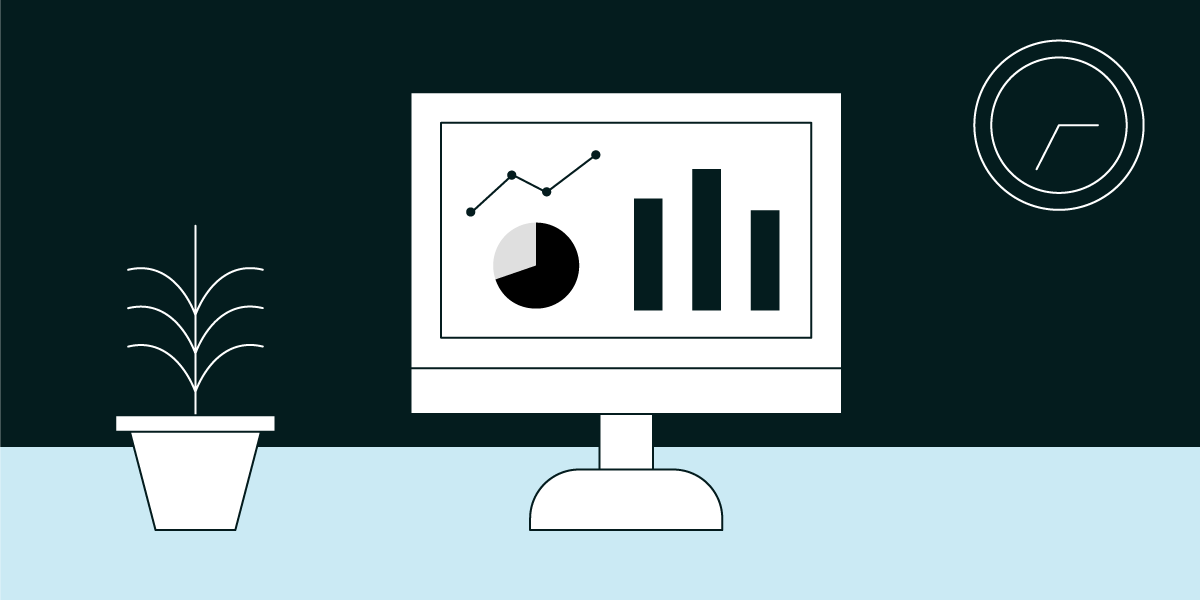If you want to run a successful content marketing operation, you need a documented content strategy that outlines your goals and identifies how you’ll achieve them. (Find out how to get your content strategy on paper if you haven’t already.) A huge part of that strategy is, of course, the content you create. However, this is where some marketers can go off course. It’s tempting to start greenlighting a ton of ideas once you have that strategy, but the point is to intentionally and methodically create content that is tied to an objective. Tossing content into the abyss without a clear sense of how it all fits together isn’t the best approach. The smarter route? Think about your content in terms of marketing campaigns.
5 Reasons Marketing Campaigns Help Your Brand
Marketing campaigns are basically a batch of communication tailored to a specific group of people and a specific channel, in support of a brand’s goals. (Or you can think of them as content modules that deliver a certain message.) Instead of making piecemeal content, this approach ensures that your entire content ecosystem supports the same objectives, while serving specific immediate goals. Need more convincing? Here are the five biggest reasons why marketing campaigns are the way to go.
1) More Effective Messaging
Cohesive, consistent messaging is crucial to establish credibility, cultivate relationships through content, and create a better brand experience. But one message doesn’t work for everyone. You may be targeting different groups on different channels (or even the same group across different channels), and this requires more strategic messaging.
Marketing campaigns help you better tailor your content, ensuring you say the right thing in the right way to nudge people along the buyer’s journey.
Example: For the “Invest Like a Woman” campaign, Column Five and Charles Schwab crafted a three-episode documentary series showcasing the personal and professional successes of female entrepreneurs. The inspiring message helped empower women to feel more confident about investing in their future.
For more on tailoring your message, find out how to make great content for every stage of your buyer’s journey.
2) Campaigns Are Scalable
Whether you have a huge department or a two-person team, a multi-million dollar budget or a hundred-dollar budget, campaigns are easily scaled to your goals. No content strategy is set in stone, so the flexibility of marketing campaigns lets you expand, simplify, or tweak according to your current needs. Also, because you can start small and see how you do, there is less risk involved.
Example: For their “Return the Service” campaign, we partnered with Takepart to create a set of shareable GIFS illustrating facts about PTSD in veterans. This was an engaging and simple way to raise awareness through social media.


For more on this approach, find out how to create quality content at scale.)
3) Better Testing, Better Results
Marketing campaigns give you valuable insights because they are tied to clear metrics. This lets you quickly see if your campaigns are working or not.
It’s especially easy to start with something like a simple Facebook campaign. (This is a great way to experiment without blowing your whole budget on one thing.) Based on the insights gained from your metrics, you can tweak and refine messaging for larger impact with bigger campaigns.
4) More Efficient Budgeting
Content can eat up budget quickly, depending your formats, volume, and publishing frequency. But by working with marketing campaigns, you can streamline your production process. You know exactly what you’re doing and what assets you need, so you can better plan.
Also, because marketing campaigns are smaller subsets of your larger strategy, you don’t need as much top-level buy-in as you would for, say, a new brand tagline or messaging strategy. This means you can create content with less roadblocks.
5) More Content with Less Work
Marketing campaigns give you a bird’s eye view of your content. This can help you spot opportunities to get more mileage from the assets you’re creating. (We call this a divisible content strategy.) For example, one e-book can be turned into a few infographics, blog posts, or social content with little extra effort. These assets can even be repurposed for future campaigns or used to enhance existing content.

Example: We partnered with LinkedIn for an ebook campaign to help recruiters make better hires by using big data. We used data from the e-book to create an infographic (also used to promote the e-book on social), making the best use of a single asset.


How to Start Marketing Campaigns
To craft a strong campaign, you need to know what you’re saying, who you’re saying it to, where they are, and what type of content will be most interesting to them. Here’s how to make sure you cover all those bases from start to finish.
- Assign the right roles and responsibilities. One of the biggest hindrances to steady content production is the lack of a proper team or infrastructure. When responsibilities are unclear or an asset is late, it can totally throw off the production schedule. Know who is handling what, what you might need extra help with if you don’t have the skills, and what the timeline looks like before you start. (Note: Even a small team can do a lot. Here’s how to structure a marketing team that can get stuff done.)
- Know who you’re trying to reach. Start by building marketing personas to understand what types of content will resonate with your target demographic.
- Identify your metrics. To measure the success of your marketing campaign, determine which metrics you’ll track beforehand (and make sure tracking tools are set up).
- Find the right ideas. Try these 10 tips to get unstuck and come up with great creative content ideas.
- Choose the right format. The format you choose to deliver your message matters just as much as your message. Knowing your channels from the get-go helps you choose the strongest format for your content campaign. (For example, an interactive infographic wouldn’t work well for Instagram, but a brand video would.) As you plan your campaigns, find out more about how to choose the right format for your story.
- Create great content. Follow our step-by-step guide to make great content, including 100+ tools to help you along the way. If you’re not sure if you can do it all yourself, here’s how to decide if you should do things in-house, hire a freelancer, or bring in a creative agency.
- Promo the right way. Distribution is an essential component of a marketing campaign, and should thus be considered before you even start on content. (Remember to give yourself enough time if you want to get featured in a publication or even collaborate with one.) For more, check out these tips to make content publishers really love, and use our distribution strategy checklist to help you get the most eyes on your content.
Of course, if you’re short on bandwidth or need a little supplemental help, let’s talk. We’d love to help you tell your brand story in any capacity.




